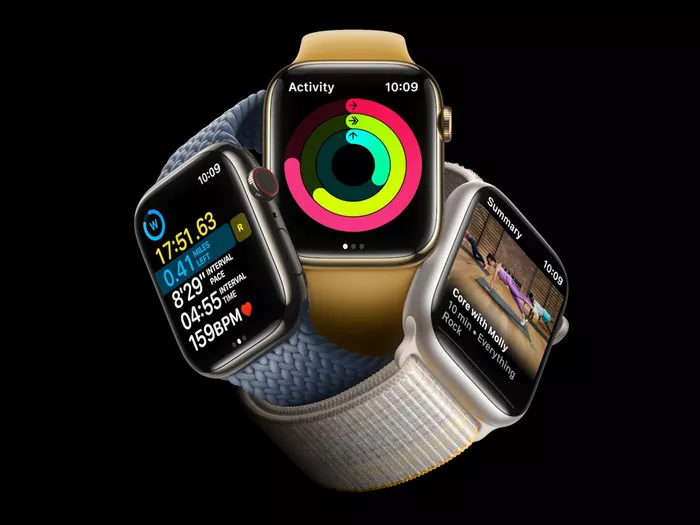As wearable technology continues to weave itself into our daily lives, the Apple Watch stands at the forefront, offering a myriad of features designed to enhance both fitness tracking and daily functionality. For users considering the Apple Watch Series 2, a common question that arises is whether this model comes equipped with GPS functionality. In this article, we’ll explore this query, unraveling the details of the Apple Watch Series 2 and its GPS capabilities.
1. Understanding the Evolution: Apple Watch Series 2
The Apple Watch Series 2 marked a significant upgrade. Released in 2016, it brought forth improvements over its predecessor, including enhanced water resistance, a brighter display, and a dual-core processor. While the original Apple Watch lacked built-in GPS, the Series 2 introduced this feature, catering to users with a penchant for outdoor activities and precise location tracking.
2. The Inclusion of GPS: A Game-Changer for Fitness Tracking
The introduction of GPS was a pivotal addition. With built-in GPS, the Apple Watch Series 2 became more adept at accurately tracking outdoor workouts. Whether users were running, cycling, or engaging in other outdoor exercises, the GPS functionality allowed for precise distance, speed, and route tracking without the need for a paired iPhone.
3. Independent GPS: A Shift in Autonomy
The GPS in the Apple Watch Series 2 operates independently. Unlike the initial Apple Watch models, which relied on the paired iPhone for GPS data, the Series 2’s GPS is self-contained. This shift granted users greater autonomy, enabling them to leave their iPhones behind during outdoor workouts while still enjoying accurate GPS tracking on their wrist.
4. Fitness and Activity Features: Optimizing GPS Data
The GPS capability enhances fitness and activity features. With accurate location data, the Apple Watch Series 2 could provide more comprehensive insights into outdoor workouts. Users could view detailed maps of their routes, track elevation changes, and gain a deeper understanding of their exercise performance.
5. Non-Fitness Applications: Expanding Functionality
GPS opens doors to various non-fitness applications. While fitness tracking remains a primary focus, the GPS functionality of the Apple Watch Series 2 extends its utility beyond workouts. Users can leverage accurate location data for mapping, navigation, and location-aware apps, enhancing the overall versatility of the device.
6. Water Resistance and GPS: A Powerful Combination
The Series 2’s water resistance and GPS create a powerful synergy. The combination of water resistance up to 50 meters and GPS allows users to track swimming activities with precision. Swimmers can monitor distance, laps, and calories burned directly from their wrists, showcasing the holistic approach to fitness tracking.
7. Limitations and Considerations: Battery Life and Continuous GPS Use
Despite its capabilities, there are limitations to continuous GPS use. The battery life of the Apple Watch Series 2 can be affected when using GPS extensively. Users engaging in prolonged outdoor activities may need to manage battery usage judiciously or consider external power solutions for extended tracking periods.
8. Conclusion: A Comprehensive Fitness Companion
In conclusion, the Apple Watch Series 2 indeed features built-in GPS, marking a pivotal advancement in the evolution of Apple’s wearable technology. This addition transformed the device into a comprehensive fitness companion, providing accurate location tracking for a range of outdoor activities. Whether users were running, cycling, swimming, or exploring new areas, the Series 2’s GPS functionality empowered them with data-rich insights and a newfound sense of autonomy.
As users navigate the landscape of Apple Watch options, understanding the capabilities of specific models is crucial. For those seeking a wearable device that seamlessly integrates GPS for fitness and everyday applications, the Apple Watch Series 2 remains a viable and functional choice, embodying the convergence of technology and lifestyle.

